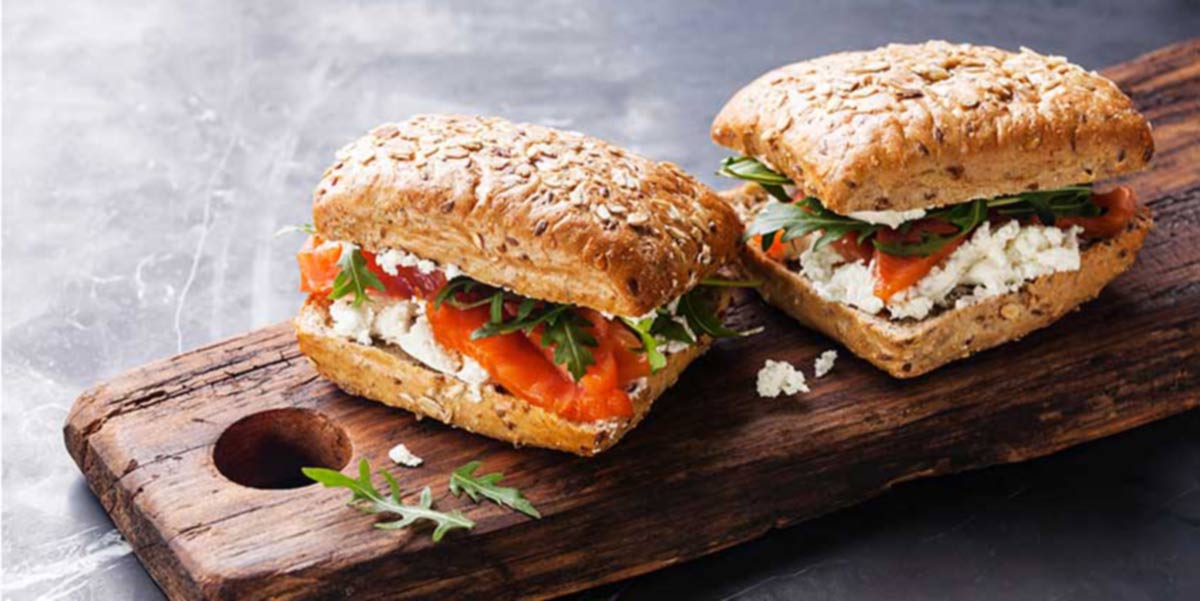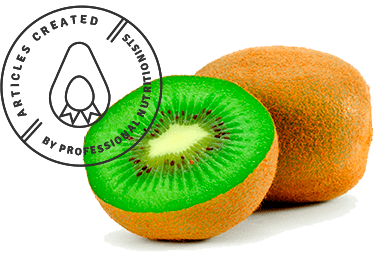Cereals to tackle the day

We've already stressed the importance of NOT excluding carbohydrates from your diet as an athlete.
Today we're going to talk about which foods are right to give us the energy we need. We'll also talk about some foods that can be a main source of carbohydrates and other nutrients. We will also discuss some tips on how to make them part of our weekly diet.
Three grains to help you get to the end of the day with energy:
Spelt: a subspecies of wheat with a hard husk to remove. It is a good source of carbohydrates, fibre, minerals like potassium, magnesium and zinc and certain vitamins, such as B1 and B2. Plus, it is also a good source of proteins of high biological value, it is very important in any diet but even more so for athletes, whose goals often require a greater total intake. Spelt flour is used to make all sorts of pasta, which you can eat several times a week as long as you're careful with how you prepare them because depending on what you serve them with you can be increasing your calorie and fat intake.
Millet: contains more protein than other cereals like wheat, corn or rice, and less gluten, which means it can't be used for bread but is good for pancakes or porridge because it doesn't rise. The most common of its varieties is pearl millet. It is higher in carbohydrates from starch, although its protein content is similar to that of oats and rye. It is a good source of B, D, E and K vitamins. How to eat it In soups, salads, stews, meatballs or croquettes.
Amaranth: the whole plant is used, from the stalks and leaves to its seeds. Amaranth seeds are considered a pseudocereal, like quinoa, which has great nutritional properties. Higher in protein than other grains/pseudocereals and high in lysine, an essential amino acid, meaning we must get it through diet as our body doesn't synthesise it. In addition to carbohydrates, its main component, and proteins, it also contains other nutrients like calcium, iron, phosphorus and is a good source of antioxidants. As we've mentioned before, the whole amaranth plant is edible: its leaves can be used in soups and salads, the grain to make flour, as seeds and sprouts, and the rest of the plant for livestock and in agriculture. Unlike other cereals, it doesn't contain gluten, which means it poses no problems for coeliacs.
We don't have anything negative to say about these foods on a nutritional level, and they are very popular in the areas where they are produced: Central America, southern Africa, and spreading. However, this is what makes them not very sustainable. But if you decide to eat them, now you know a bit more about their nutritional properties.




